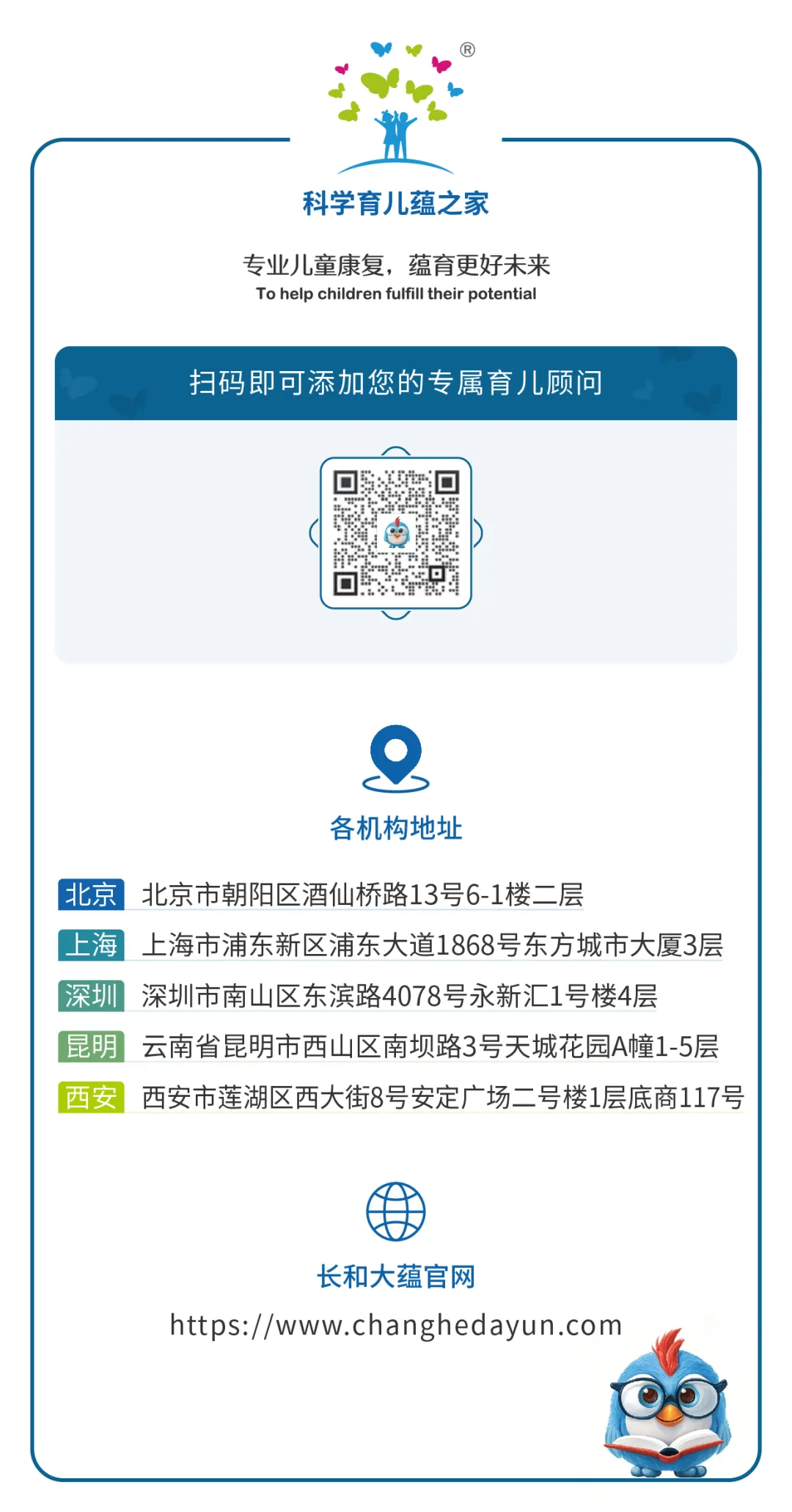
Dyslexia is a common learning difficulty that requires effective and inclusive teaching strategies. In educational settings, particularly in Chinese-speaking contexts, teaching methods must address specific challenges such as phonological awareness and character recognition deficits. Research highlights the importance of multisensory teaching and individualized intervention in helping students overcome learning barriers. This article presents practical strategies for structured literacy, culturally relevant case studies, and actionable recommendations for educators and parents to support students with dyslexia.
01Structured Literacy
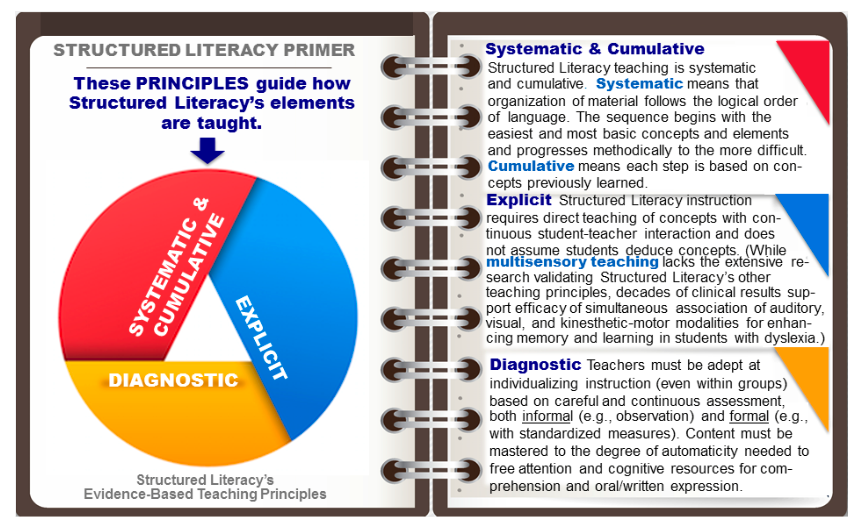
Structured literacy is a highly effective approach to teaching students with dyslexia, focusing on evidence-based principles that address their unique learning needs. The principles of structured literacy emphasize systematic, explicit, and diagnostic teaching methods to effectively support students with dyslexia. Instruction is systematic and cumulative, following a logical sequence from simple to complex concepts, ensuring each step builds on prior knowledge. It is explicit, requiring direct teaching and active student-teacher interaction without assuming students can deduce concepts independently, while leveraging multisensory approaches to enhance memory and learning. Finally, it is diagnostic, involving individualized instruction tailored to continuous formal and informal assessments to achieve mastery and free cognitive resources for comprehension and expression. These evidence-based principles guide the teaching process to ensure effective learning outcomes.
02Fundamental Principles for Teaching Students with Dyslexia
Personalized Teaching Strategies
Personalized instruction tailors the learning experience to each student’s unique needs and learning styles. For students with dyslexia, this involves flexible lesson plans focusing on specific challenges like phonological deficits and difficulty recognizing characters.
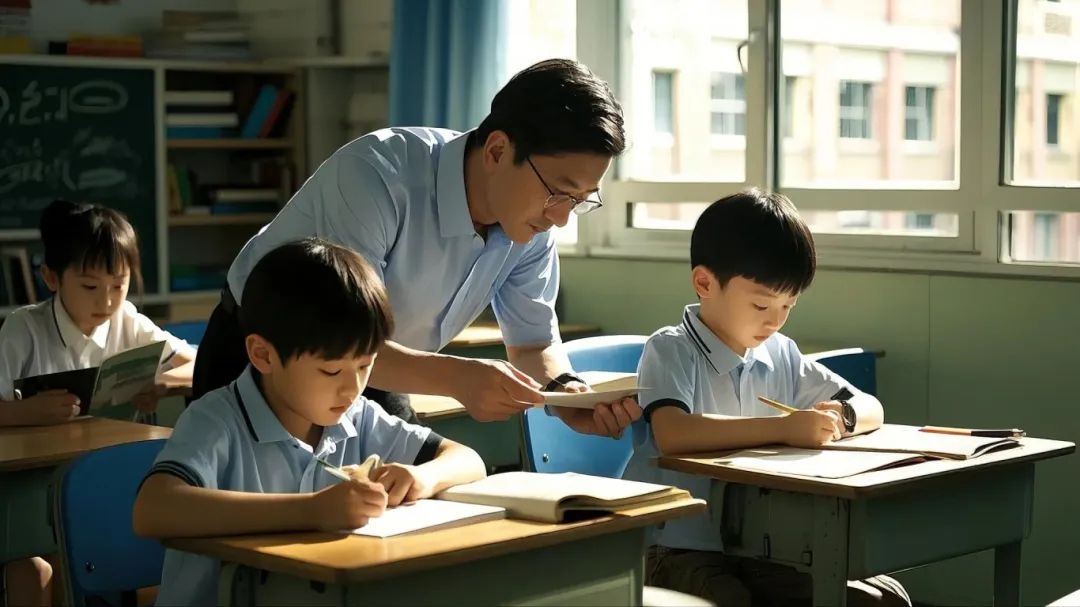
Multisensory Teaching
Multisensory approaches engage multiple senses—visual, auditory, and tactile—to strengthen learning retention. Examples include:
· Tracing Chinese characters on textured cards while listening to their pronunciation.
· Using Pinyin blocks and language games to reinforce phonological awareness.
Enhancing Executive Function
Students with dyslexia often struggle with task planning and time management. Teaching should incorporate executive function training, such as:
· Visual schedules and task breakdown tools to help students organize learning steps.
· Prioritizing classroom tasks to improve focus and efficiency.
03Case Study
Background
Hua, a 9-year-old third grader, faced challenges with Pinyin decoding and sentence comprehension. He often became distracted during classroom tasks and lacked confidence in his abilities. His parents also reported learning anxiety at home.
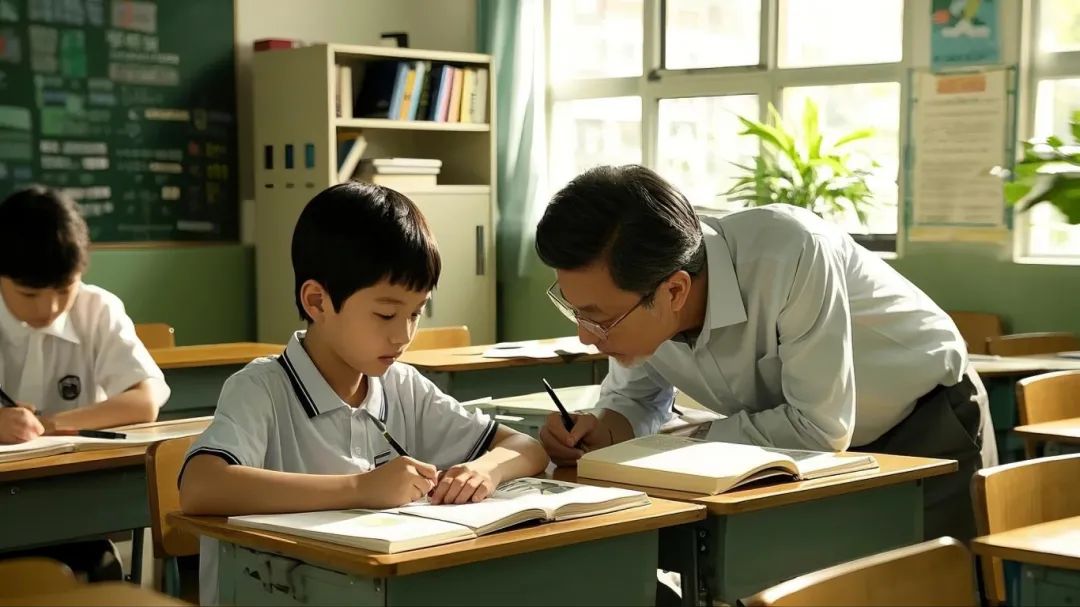
Intervention Strategies
1. Multisensory Teaching
o Hua’s teacher designed phonological games involving Chinese characters to link Pinyin sounds with character forms.
o Tactile teaching tools, such as character molds, were used to strengthen Hua’s memory of character shapes.
2. Emotional Regulation and Social Support
o A school psychologist met with Hua weekly to teach mindfulness and breathing exercises to reduce anxiety.
o Group collaboration activities encouraged Hua to interact with peers, boosting his confidence.
3. Family Involvement
o Parents engaged Hua in daily storybook reading, discussing plot elements to improve comprehension.
o Family members participated in memory games to enhance phonological awareness.
Outcome
After three months of intervention, Hua demonstrated noticeable improvements in reading speed and confidence. He began participating in class discussions and independently completed some reading tasks.
04Best Practices for Teaching
1. Integrating Multisensory Approaches
o Use tactile character cards, Pinyin blocks, and auditory exercises to enhance student engagement.
o Combine visual aids and step-by-step instructions to improve task completion.
2. Utilizing Technological Tools
o Provide text-to-speech software to support reading comprehension.
o Use online dictionaries and Chinese character learning apps to motivate students.
3. Collaborating with Therapists
o Occupational therapists can design executive function training plans, such as visual cue cards for task organization.
o Speech-language pathologists can develop language games to improve phonological awareness and social communication skills.
05Recommendations for Educators and Parents
For Educators
1. Develop Individualized Learning Plans
o Adapt lesson content to meet the specific needs of students, breaking complex tasks into manageable steps.
o Use positive reinforcement to celebrate every small achievement.
2. Create an Inclusive Classroom Environment
o Offer flexible assessment formats, such as oral presentations or multimedia projects.
o Promote group collaboration to enhance social and learning skills.
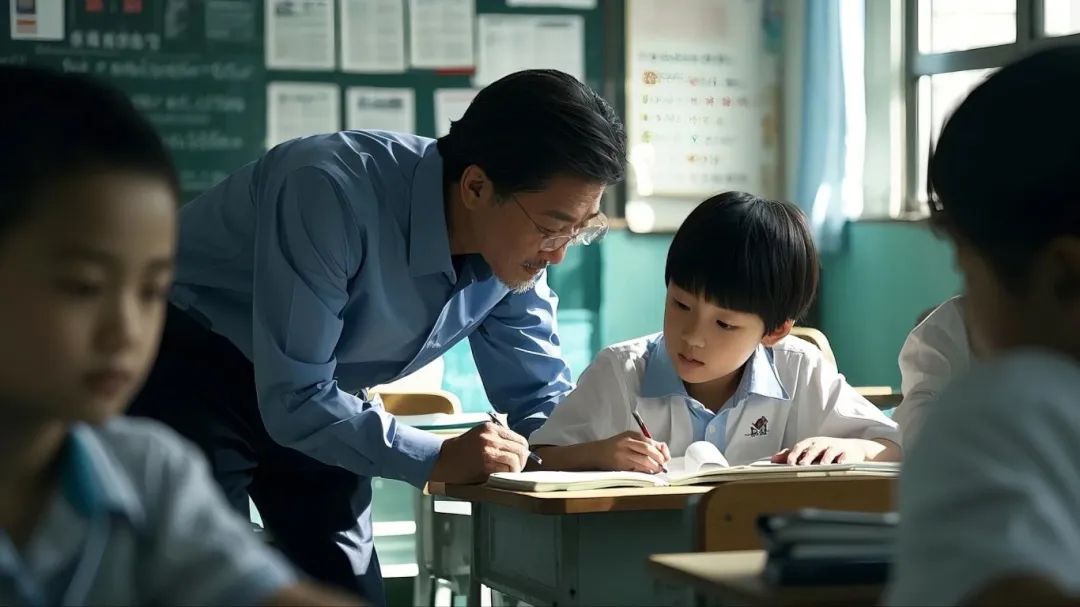
For Parents
1. Support Learning at Home
o Dedicate consistent daily time for reading and homework with your child.
o Use engaging tools, such as picture books and character puzzles, to spark interest in learning.
2. Seek Professional Support
o Consult specialists if your child’s learning difficulties persist, and work with the school to create a comprehensive intervention plan.
3. Encourage Emotional Growth
o Help your child express their feelings through open communication and positive affirmations.
o Reinforce their efforts with consistent praise to build confidence.
06Conclusion
Through multisensory teaching, personalized support, and collaboration between families and schools, students with dyslexia can overcome learning barriers and build self-confidence. By working together, educators and parents can create a nurturing environment that helps every child unlock their potential and achieve academic success.
References
1.California Department of Education. (2017). California Dyslexia Guidelines. Sacramento: California Department of Education.
2.Zhang, L., & Wang, Q. (2021). Application of multisensory teaching methods in primary school Chinese teaching. Modern Educational Technology, 32(5), 67-73.
3.Wang, M., & Li, H. (2020). Teaching intervention strategies for children with dyslexia. Chinese Educational Research, 36(4), 45-56.

